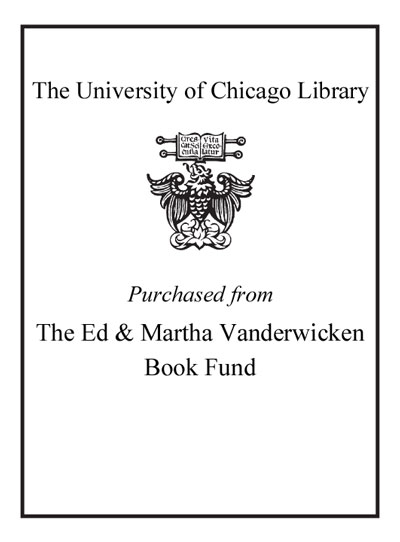Review by Choice Review
The Catalogue of Endangered Languages (ELCAT), freely available at The Endangered Languages Project (www.endangeredlanguages.com), provides an overview of the world's less-spoken languages, listing each by broad geographic region with its estimated number of speakers and a unique endangerment rating. The present companion volume includes a snapshot of the database as of April 2017--creating a permanent record of the data at that time--and nine in-depth essays outlining the research impetus, methodological issues, and knowledge gained. The book lists some 3,394 languages, including languages that have become dormant (extinct) since 1960, creoles, and sign languages. Speaker counts come from the primary literature; including dates with the entries would improve the resource. Levels of risk are quantified via the project's Language Endangerment Index, a four-factor schema, and a conservative approach is taken--languages with incomplete data are viewed as at risk (e.g., all Indigenous languages of North and South America are classed this way). Campbell and Belew compare this method with others, particularly UNESCO's, and note where significant differences occur. The last quarter century has seen increasing concern about the rate at which linguistic diversity is being lost: the project, and by extension this book, makes a significant contribution to the field. Summing Up: Recommended. Upper-division undergraduates through faculty and professionals. --Janice Adlington, McMaster University
Copyright American Library Association, used with permission.
Review by Choice Review

